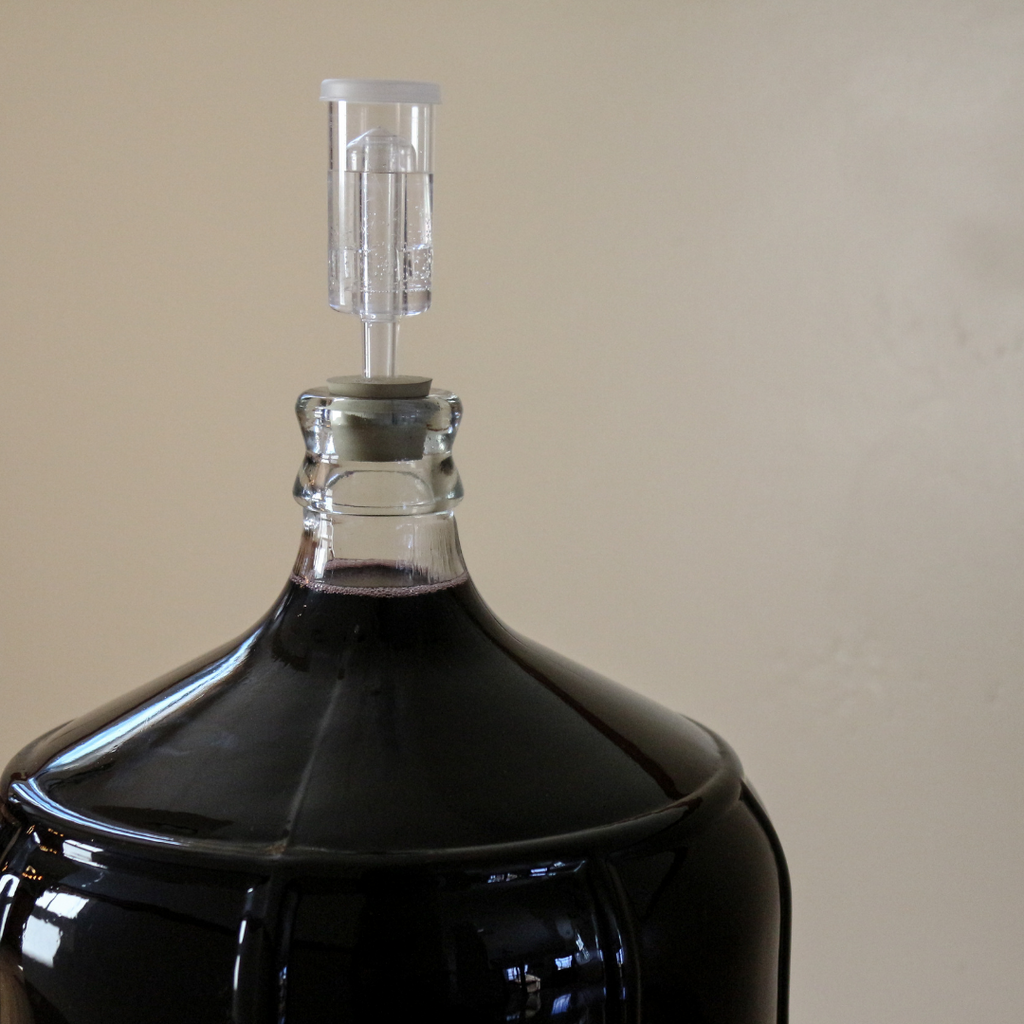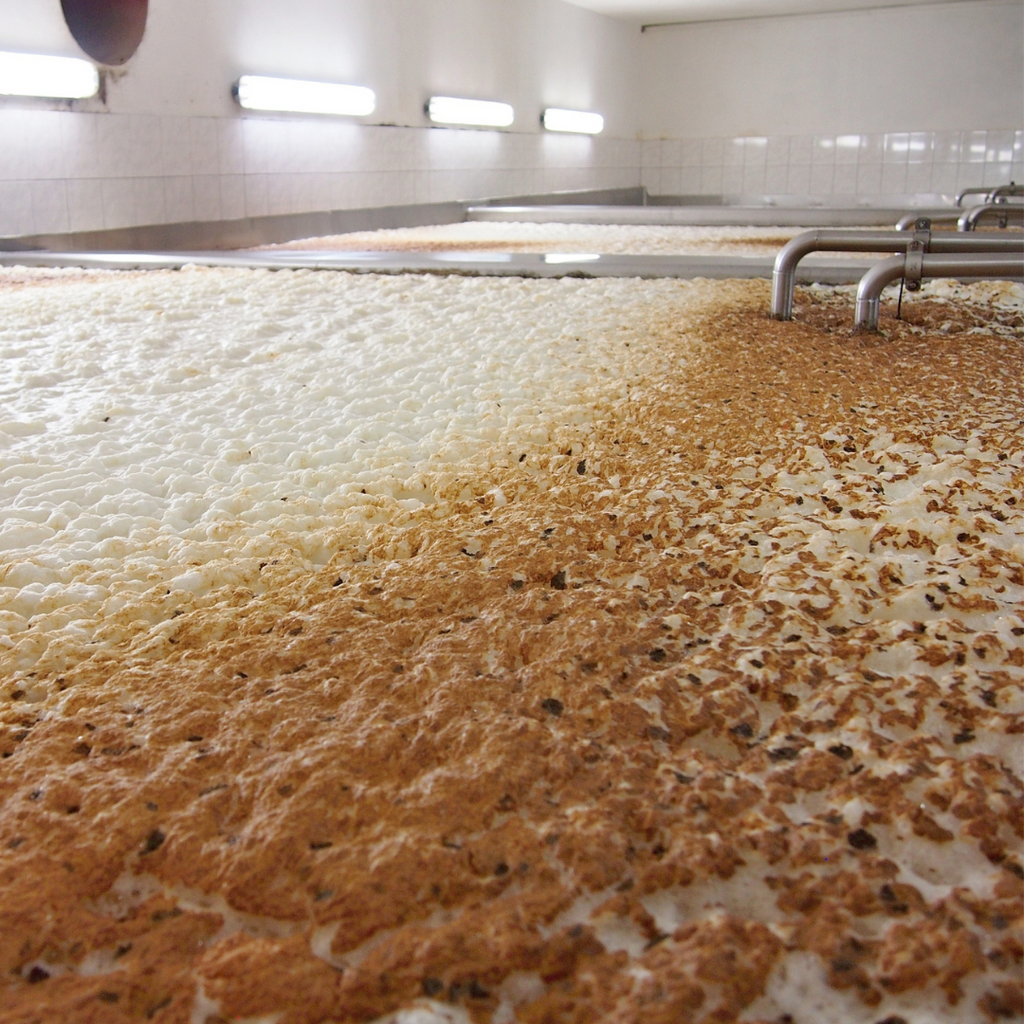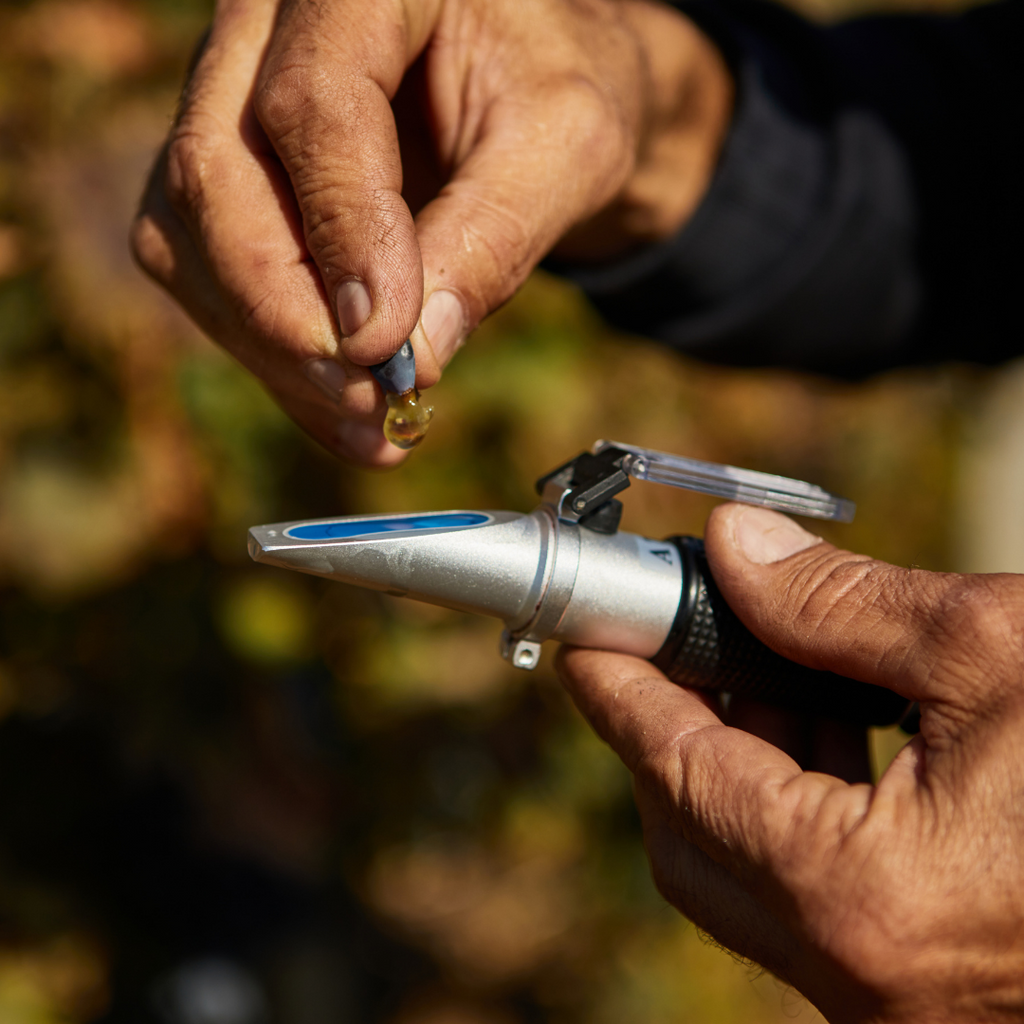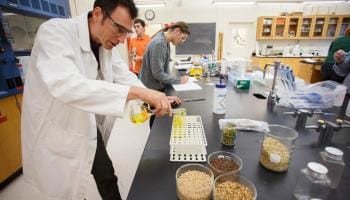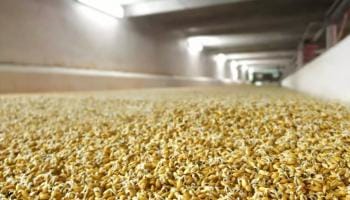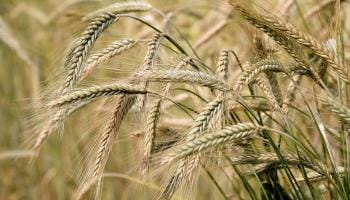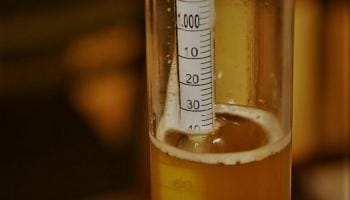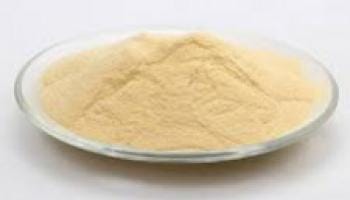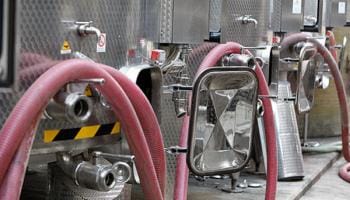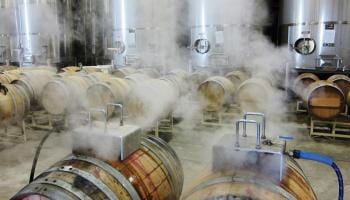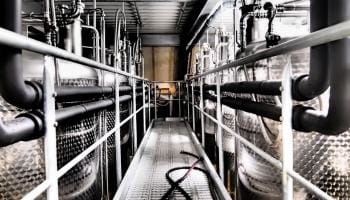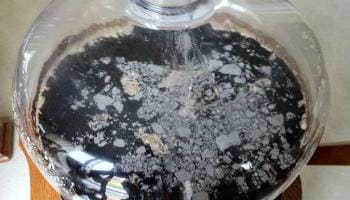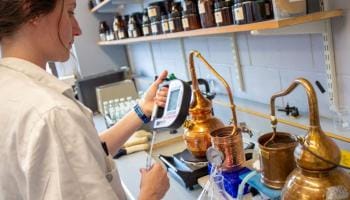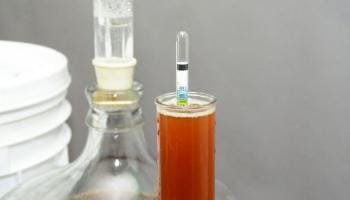Categories
Recent Articles
-
Beginner Home Distiller Series: Understanding Fermentation January 25, 2024
-
Sodium Metabisulphite vs. Campden Tablets April 01, 2022
-
Monitoring Fermentations January 18, 2022

Articles Relating to Craft Spirit Fermentations by Distillique
All articles related to Fermentation - from the standard basics to Raw Material specific issues and Troubleshooting of Failed Fermentations. Learn about the steps to create a Successful Fermentation, Yeast, Yeast Nutrients, pH, Aeration, Fermentation Vessels, Fermentation Monitoring and much more.
Why is Fermentation Information important for Distillers?
Fermentation is the starting point for any Home or Craft Distiller. It is where your ethanol gets created, where your flavors get created, where your aroma's get created. The argument can be made, that if you are not Fermenting or at least working from a Fermentation, you have no right to call yourself a Distiller.
Why is Fermentation the Basis of Distillation?
In its simplest form, Distillation is the separation of ethanol and other compounds from a fermentation, therefore, if you are not working from fermentation, then you are not distilling. With the rise in Gin Production (producing Gin from purchased Neutral Spirits) a lot has been said about this definition, and an argument has been made that during Infused Distillation (steeping and macerating botanicals and then separating them through distillation) does qualify as Distillation. Granted - it passes the litmus test - but the traditional definition is still what is expected from consumers and respected by Distillers.
-
Beginner Home Distiller Series: Understanding Fermentation
onWelcome to the exciting world of home distillation! In our first instalment of the Beginner Home Distiller series, we'll delve into the fundamental process of fermentation. Understanding fermentation is key to producing the perfect wash for your future spirits. What is Fermentation? Fermentation is a natural biological process where yeast, a single-cell organism, converts sugar into alcohol and carbon dioxide. This magical transformation is... -
Sodium Metabisulphite vs. Campden Tablets
onIf you are a producer in the food and beverage industry, you are well aware of the importance of working in a clean and sanitary environment to prevent the spoilage of your product. The spoilage of food and beverages is mainly due to contamination through harmful and unwanted micro-organisms. Cleaning and sanitising are terms describing two very different processes. Cleaning is the process... -
Monitoring Fermentations
onFirst published on Distillique's website 2015 GM Bosman The continuous monitoring of fermentations is a common technique used in Beer Brewing and Wine Making to achieve specific results in terms of flavor, aroma, alcohol content, etc. In fermentations for distilling purposes however, we monitor the fermentations merely to ascertain the progress of the fermentation, to calculate the remaining sugar and to calculate possible yield... -
Failed Fermentations and Fixing Them
onFirst published on Distillique's website 2015 GM Bosman IMPORTANT – This Article refers to methods and information covered in two other Articles: 10 Steps to a Successful Fermentation, and Monitoring Fermentations. It is advised that you read these two articles first to fully understand the information below. It happens, from time to time, that you have a failed fermentation. Sometimes we pick this up... -
Handy Sugar Calculations
onFirst published on Distillique's website 2015 GM Bosman Sugar is the most important chemical component in the production of alcohol and alcoholic products. No sugar, no fermentation, no alcohol. There are however certain situations where excessive sugar can be a detriment to our fermentation and products, as described in our Article about Successful Fermentations. We therefore need to know how much sugar we have,... -
Barley, Malting and Malt – Part 4 of 4: Attributes of Malted Barley
onDuring COVID-19 Lockdown, several basic Home Distilling (and Brewing) supplies – equipment and consumables - have been difficult to get hold of. Yeast, Nutrients, Enzymes and even Bubbler, SG Hydrometers and Alcoholmeters. One of the most problematic however, was Malted Barley. Not just because stocks and supplies had run out, but because the plants producing it was shut down.... -
Barley, Malting and Malt – Part 3 of 4: The Barley Malting Process – Kilning
onDuring COVID-19 Lockdown, several basic Home Distilling (and Brewing) supplies – equipment and consumables - have been difficult to get hold of. Yeast, Nutrients, Enzymes and even Bubbler, SG Hydrometers and Alcoholmeters. One of the most problematic however, was Malted Barley. Not just because stocks and supplies had run out, but because the plants producing it was shut down. Even... -
Barley, Malting and Malt – Part 1 of 4: Barley for Malting
onDuring COVID-19 Lockdown, several basic Home Distilling (and Brewing) supplies – equipment and consumables - have been difficult to get hold of. Yeast, Nutrients, Enzymes and even Bubbler, SG Hydrometers and Alcoholmeters. One of the most problematic however, was Malted Barley. Not just because stocks and supplies had run out, but because the plants producing it was shut down. Even under Level 3... -
Barley, Malting and Malt – Part 2 of 4: The Barley Malting Process – Steeping
onDuring COVID-19 Lockdown, several basic Home Distilling (and Brewing) supplies – equipment and consumables - have been difficult to get hold of. Yeast, Nutrients, Enzymes and even Bubbler, SG Hydrometers and Alcoholmeters. One of the most problematic however, was Malted Barley. Not just because stocks and supplies had run out, but because the plants producing it was shut down. Even... -
How do I make Rum?
onDISCLAIMER: Distillique does not believe in providing and selling recipes, as this goes against the Craft of producing your own products. The recipes we share have been sourced from clients and other sources, and as such, Distillique takes no responsibility and makes no guarantees regarding the quality, accuracy, or safety of these recipes. Recipes are used at own risk, and are for the purpose... -
The Components of a True Rum
onPLEASE NOTE: This article is aimed more at Commercial Distillers than Home Distillers. If your curiosity about spirits and the search for recipes and techniques begins and ends with adding yeast to diluted molasses and then letting it sit in a Barrel for a couple of weeks, months and years (depending on the barrel size) then you should probably stop reading right here. ... -
How to re-start a Stuck Fermentation
onWe have already discussed the 10 steps to a successful fermentation as well as how to fix failed fermentations. Sometimes, despite all of our efforts, we are stuck with a lifeless fermentation. The first step is to determine if it is worthwhile restarting the fermentation. Re-starting fermentations cost time and money (need to add more nutrients, possibly potassium carbonate and if necessary new yeast).... -
The importance of yeast nutrients
onIf you have been making wine or distilling you have probably heard about yeast nutrients. A lot of research has been done on the effect of nutrient additions to fermenting mashes, in which it has been made clear that proper yeast nutrient management improves the yeast performance, vitality and viability during fermentation. What is nutrients and why it is important? Yeast nutrients have three... -
Choosing Suitable Fermentation Vessels
onAs with many thing in the Home and Craft Distilling Arena's, people make choices regarding their fermentation vessels based on training, education, experience, advice, habit, tradition and budget. As a result, many different containers and vessels are used - especially at the Home Distilling Level, for fermentations. Just some of these vessels are: Food grade buckets (25 litre capacity) Glass carboys ... -
Beginner Home Distiller Series: Understanding Yeast Strains
onThe enormous variety of strains on the market can be a bit daunting. At distillique, we sell about 15 yeast strains alone. We have seen that some people are quite hesitant when we suggest using a different strain than what they are used to. This article will hopefully educate our readers what characteristics to look at when it comes to choosing a yeast strain... -
Can I use bakers yeast to produce wine?
onOver the centuries, many new yeast species and strains have been discovered, bred and then chosen to perform specific tasks such as rising bread, producing alcohol, biofuels and probiotics. This is due to each strain having unique characteristics causing them to perform better in certain situations compared to others. Baker's yeast is the common name for yeast strains used in bread and other bakery... -
Incorrect Readings - Comparing Refractometer and SG Hydrometer Readings
onFrom time to time Clients contact us with a question relating to the different readings obtained when using both a Refractometer and a floating SG Hydrometer in the same liquid. These readings can be quite far apart and we should be aware of that and the reasons behind it. The general “truth” that more dense liquids have greater Refractive Indexes (i.e. sugar... -
Active dried yeast: re-hydration or direct addition?
onActive dried yeast is a form of yeast in which yeast cells are dehydrated, leaving them in a dormant state. Some of the benefits associated with ADY include its capacity to be stored for extended periods of time and the speed at which it can be prepared for use. There is some conflicting information when it comes to adding active dried yeast to your... -
How do I get rid of Fusel Oils in my Spirits?
onFusel alcohols or fuselol, also sometimes called fusel oils, are mixtures of several alcohols (chiefly amyl alcohol) produced as a by-product during alcoholic fermentation. The word Fusel is from the German word that means "bad liquor". What different Types of Fusel Alcohols are there? Fusel Alcohols can be classified into two different categories 1. Hazardous Alcohols Methanol (methyl alcohol), a poisonous compound (Lethal Dosage of 5... -
How Barrels Work and How to Care for them
onOak barrels are more than just expensive liquid-tight containers that give oak flavor to spirits and wines. They soak-up and breathe, flex, filter oxygen out of the air, aid wine and spirit maturation and allows spirits to develop unique character. They flavor and color our spirits and allow the most volatile (and mostly unwanted) components of our distillates to ""disappear"". A brand new (first... -
Closed Cooling Systems and their Challenges
onMore and more we receive inquiries regarding Closed Cooling Systems. This refers to a closed loop for the water used during cooling to minimize water use. The reasons for these requests and wish to minimize water use are varied, but can be for economic reasons (to save money), for ecological reasons (environmental awareness) or practical reasons (a local water shortage). Before we discuss the... -
Monitoring Fermentations
onThe continuous monitoring of fermentations is a common technique used in Beer Brewing and Wine Making to achieve specific results in terms of flavor, aroma, alcohol content, etc. In fermentations for distilling purposes however, we monitor the fermentations merely to ascertain the progress of the fermentation, to calculate the remaining sugar and to calculate possible yield or additional yield. We can also predict possible... -
Failed Fermentations and Fixing Them
onIMPORTANT – This Article refers to methods and information covered in two other Articles: 10 Steps to a Successful Fermentation, and Monitoring Fermentations. It is advised that you read these two articles first to fully understand the information below. It happens, from time to time, that you have a failed fermentation. Sometimes we pick this up early, either by monitoring the release of... -
Bacterial Infections in Fermentations
onBacterial and mold Infections are unfortunate but not uncommon occurrences in fermentations, specifically grain, potato and other starch related fermentations. How do I know if I have a Bacterial Infection in my Fermentation? You can quite quickly spot a Bacterial Infection in your fermentation by the color change – the fermentation first going grey, then darker grey and finally black or a beautiful silky... -
How to make your own Yeast Nutrients
onAs explained in our Article about successful fermentations, Nutrients play a very important in Yeast propagation and fermentation. Among these nutrients there are two main categories, namely Macro and Micro Nutrients. What are Yeast Macro Nutrients? The first, Macro nutrients, are those that are required in large concentrations, and they include magnesium sulphate, di-ammonium phosphate (DAP), thiamine, hydro-chloride, calcium pantothenate, folic acid, niacin, ammonium... -
Handy Sugar Calculations
onSugar is the most important chemical component in the production of alcohol and alcoholic products. No sugar, no fermentation, no alcohol. There are however certain situations where excessive sugar can be a detriment to our fermentation and products, as described in our Article about Successful Fermentations. We therefore need to know how much sugar we have, what that will give us in terms of... -
Turning Waste Potatoes into Profit
onDistillique regularly receives inquiries from individuals that want to explore the feasibility of different raw materials for use in producing spirits – mostly because they have easy or cheap access to those raw materials. This is specifically true for farmers, as fruit and vegetables that do not conform to market standards may still be successfully used for fermentation purposes to make spirits. One example... -
Can you Build the Perfect Fermentation Water?
onWater quality matters. Not to the extent that some bottled brands would have you believe in their advertising, but it can have a large impact on yeast health, and hence on fermentation success. Recently, several of our clients have had trouble with water quality. This has often been the result of excess minerals or iron, especially in borehole water, or the result of excessive...



